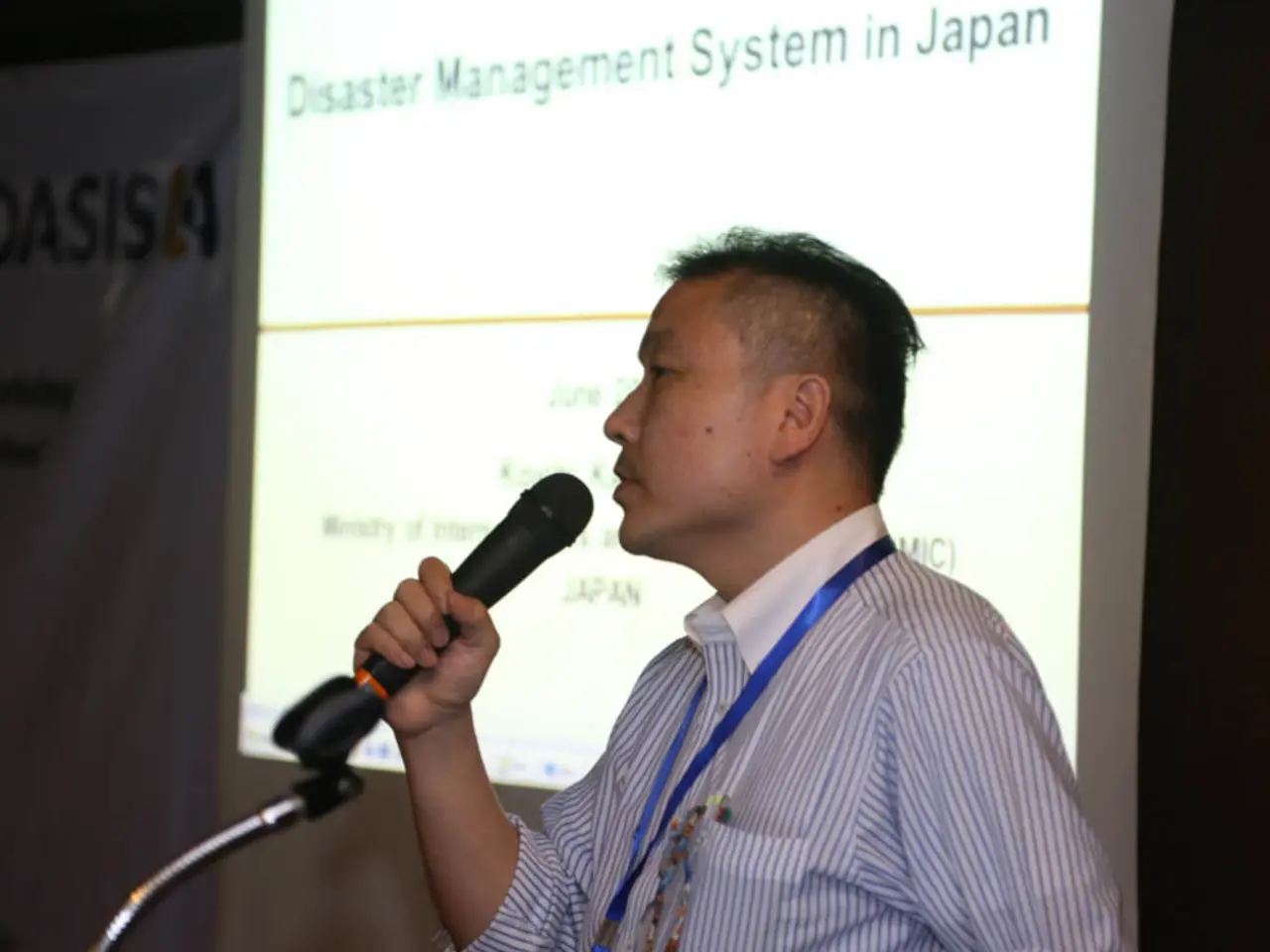Massive 8.8 Earthquake near Kamchatka in Russia Sparks Tsunami Warnings Along the West Coast of the United States, Alaska, and Hawaii
In a dramatic turn of events, an 8.8 magnitude megathrust earthquake struck off the Kamchatka Peninsula on July 30, 2025. This powerful quake was caused by the Pacific Plate subducting via the Kuril-Kamchatka Trench beneath the Okhotsk Plate.
The epicentre of the earthquake was at 52.530°N, 160.165°E and occurred at a depth of 20.7 kilometers. The strong shaking was recorded in Petropavlovsk-Kamchatsky, with buildings swaying, items within homes falling, and emergency sirens triggered promptly.
The earthquake generated a Pacific-wide tsunami, but the waves were weaker than initially feared. Typical wave heights were about 1 meter (3 feet) or less in most coastal areas. However, a locally extreme run-up of 19 meters (62 feet) was recorded on Shumshu Island due to a wave splash effect.
The tsunami caused moderate structural damage and multiple injuries in the regional areas of Kamchatka Krai and Sakhalin Oblast. No large-scale destruction was reported near the epicenter in Petropavlovsk-Kamchatsky, about 119 km away. In Japan, tsunami-related evacuations caused one indirect fatality and 21 injuries, but no direct deaths from the earthquake or tsunami were reported.
Tsunami warnings and alerts were issued widely across the Pacific, including Alaska, Hawaii, the U.S. West Coast, Guam, and various Pacific nations. The anticipated tsunami waves prompted an extensive emergency response, but resulted in limited damage due to their relatively small size in most regions.
In Kamchatka, Russia, tsunami waves of three to four meters hit, causing damage to a kindergarten in Petropavlovsk-Kamchatsky and flooding in portions of Severo-Kurilsk. Workers at the nuclear plant at Fukushima were among those evacuated along the shore. Waves as large as 50 cm were seen off Hokkaido in Japan, although no serious damage was reported.
In Alaska, a tsunami warning is in effect with wave heights of up to three meters, but the arrival times vary. The US Tsunami Warning Center predicts tsunami waves as high as three meters in Japan, Philippines, Indonesia, Peru, Chile, Solomon Islands, Russia, and Ecuador.
Despite the potential for catastrophic damage, the overall impact of the 2025 Kamchatka megathrust earthquake was comparatively contained, with moderate damage and limited casualties. This was aided by its offshore location and regional preparedness. The tsunami, though feared catastrophic, mostly stayed below destructive thresholds except for localized extreme areas such as Shumshu.
The Indian Ocean is not in danger, according to India's National Centre for Ocean Information Services. Emergency personnel are monitoring aftershocks and wave movements to protect the public.
This article was written by Sarah Tancredi, an experienced journalist and news reporter specializing in environmental and climate crisis issues. She has a deep passion for the planet and a commitment to raising awareness about pressing environmental challenges, and strives to inform the public and promote sustainable solutions.
[1] National Oceanic and Atmospheric Administration (NOAA) [2] United States Geological Survey (USGS) [3] Pacific Tsunami Warning Center (PTWC) [4] Japan Meteorological Agency (JMA)
- Sarah Tancredi, an environmental and climate crisis specialist, has written a report detailing the impact of the 2025 Kamchatka megathrust earthquake.
- She has a deep passion for the planet and commits to raising awareness about the pressing environmental challenges.
- The earthquake generated a Pacific-wide tsunami, causing structural damage and injuries in Kamchatka, Russia, and Japan.
- ESG advisory firms are urging companies to integrate environmental, social, and governance courses into their sustainability reporting to better prepare for natural disasters like this earthquake and tsunami.
- In the aftermath of this disaster, NGOs are advocating for investments in green technologies and sustainable infrastructure to minimize the impact of future environmental crises on general-news, crime-and-justice, and sports sectors.
- Sarah's report on the 2025 Kamchatka earthquake and tsunami emphasizes the importance of science in understanding the increasing occurrences of these disasters, ultimately promoting general awareness and action towards sustainability.







